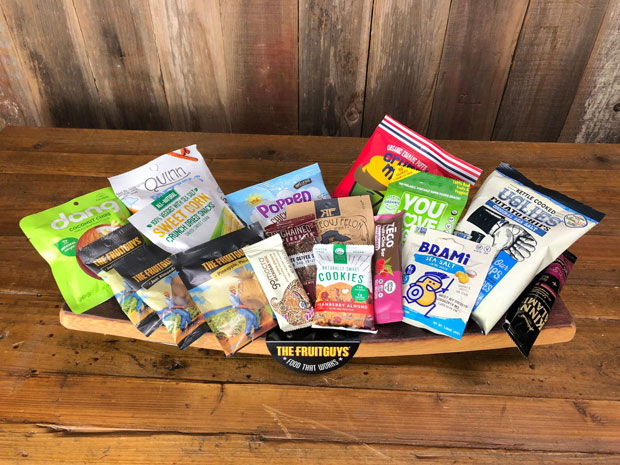- Let’s face it—most of us eat some kind of processed food every day. From that morning slice of toast to the bag of chips we reach for during a midday slump, processed foods are everywhere. But lately, there’s been a lot of buzz around ultra-processed foods too. The question is: what’s the difference, and should we be worried?
- You might think it’s just another food industry label, but the difference between processed and ultra-processed foods is more significant than it sounds. Understanding it can change how you shop, eat, and even how you feel.
First, What Do We Mean by “Processed”?


- To put it simply, processed food is any food that has been altered from its natural state. This could mean freezing, canning, baking, drying, or fermenting. So yes, that bag of frozen peas and even your morning yogurt count as processed. But don’t panic just yet.
- Processing isn’t automatically bad. In fact, food processing makes food safer, longer-lasting, and sometimes more nutritious. Pasteurized milk, for example, has harmful bacteria removed through a controlled heating process. Fermentation, which gives us foods like kimchi and yogurt, not only preserves food but can also boost gut health.
- Clearly, not all processed foods are created equal. That’s where things start to get more complex.
Enter Ultra-Processed Foods

- This is where the conversation starts to shift. Ultra-processed foods go a step further. They’re not just foods with one or two added ingredients; they’re industrial formulations made mostly—or entirely—from substances that don’t resemble real food.
- Think of packaged snacks, instant noodles, soft drinks, flavored yogurts, and ready-to-eat frozen meals. These items often contain emulsifiers, colorings, preservatives, and artificial flavors—things you’d never use in a home kitchen.
- Unlike traditionally processed foods, ultra-processed items are often designed to be hyper-palatable. That means they’re engineered to keep you coming back for more.
So, Why Does This Distinction Matter?
- Now here’s where things get serious.
- While processing itself isn’t harmful, several studies have shown that a diet high in ultra-processed foods is in link to a number of health problems. We’re talking about increased risks of obesity, type 2 diabetes, heart disease, and even depression.
- Of course, correlation doesn’t always mean causation. But the pattern is becoming hard to ignore. Ultra-processed foods tend to be high in added sugars, unhealthy fats, and sodium. They’re also low in fiber and essential nutrients. Add to that their addictive nature, and it’s easy to see why overconsumption happens.
- Interestingly, some health impacts may not even come from the food itself but from the additives and packaging materials used in ultra-processing. More research is underway, but the red flags are waving.
Real-World Examples to Make It Clearer
:max_bytes(150000):strip_icc()/How-to-Cook-Corn-on-the-Cob-FT-BLOG0524-6d89a6e069044b16ac704795cfb8fc0e.jpg)

To better understand the contrast, let’s look at a simple food like corn.
-
Minimally processed: Boiled or grilled corn on the cob.
-
Processed: Canned corn or corn tortillas with a few additives like lime or salt.
-
Ultra-processed: Flavored corn chips with artificial colors, preservatives, and additives.
Another example? Apples.
-
A fresh apple is whole, natural.
-
Processing of Applesauce with no added sugar.
-
Apple-flavored gummies or sugary apple drinks? Those fall squarely into ultra-processed territory.
How to Spot Ultra-Processed Foods
The tricky part is that many ultra-processed foods don’t look unhealthy. Some are even marketing of these products as healthy products. So how do you spot them?
Here are a few things to look for:
-
A long ingredient list with unfamiliar or unpronounceable items
-
Ingredients like high-fructose corn syrup, hydrogenated oils, or “flavor enhancers”
-
Packaging that boasts health claims but the product barely resembles whole food
As a general rule, the fewer ingredients and the closer a food is to its natural form, the better.
Do We Have to Cut Them Out Completely?
- That’s a fair question, and the answer is more realistic than you might think.
- No, you don’t have to swear off all ultra-processed foods forever. Life is busy, and convenience matters. What really counts is balance. Cooking more at home, choosing whole foods when possible, and reading labels can make a big difference.
- After all, nutrition isn’t about perfection—it’s about making better choices more often.
Final Thoughts: A Matter of Awareness
- In the end, knowing the difference between processed and ultra-processed foods empowers you to make smarter choices. It’s not about guilt or fear—it’s about clarity.
- You don’t need to become a food scientist to eat well. You just need a bit of knowledge, a closer look at labels, and a desire to feel your best.
- So next time you’re at the grocery store or staring into your pantry, ask yourself: “Is this food nourishing me, or just filling me up?” The answer might surprise you—and it could be the first step toward a healthier, more informed lifestyle.
-
Our Expertise:
-
Alliance Food Engineering Consultant Pvt Ltd. Supply cutting-edge food processing machinery for clients across India.
-
We also offer complete turnkey solutions by setting up an entire plant from scratch to end while handling every aspect of food production to make your process smoother and more efficient.
-
Mail us: [email protected]
-
Website: www.aecengg.com
-
To buy Food Processing machinery : https://allianceslice.com/
-
Call Us: +91 9157769448
-

![Koriyama City, Fukushima Prefecture] Enjoy desserts and dishes that will cheer you up at the yogurt specialty store "Morning"! | Tohoku Rokken trivia media: NEFT](https://jp.neft.asia/wp-content/uploads/2024/05/IMG_7126.jpeg)

